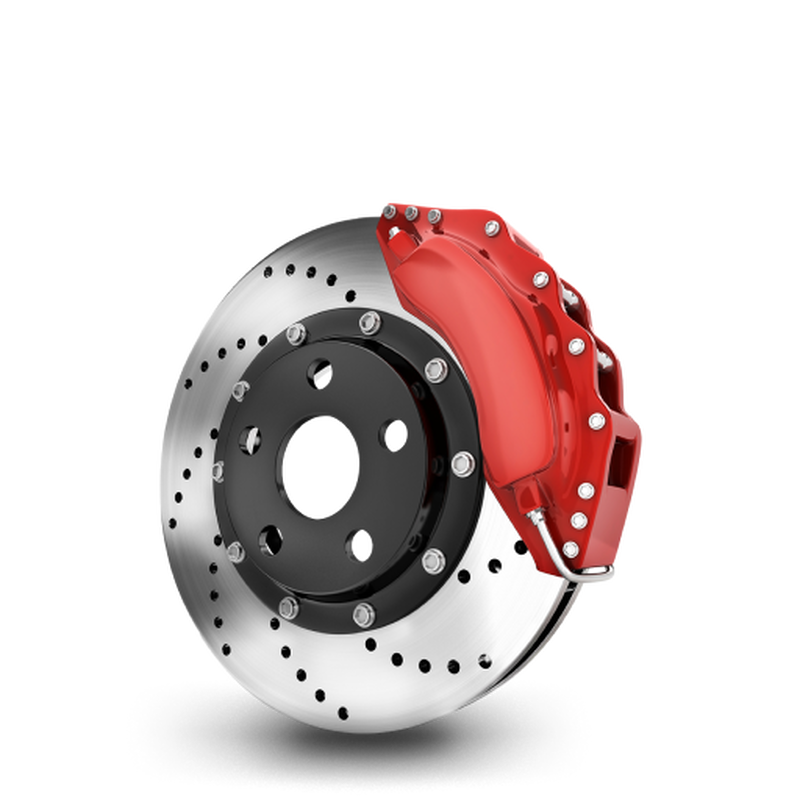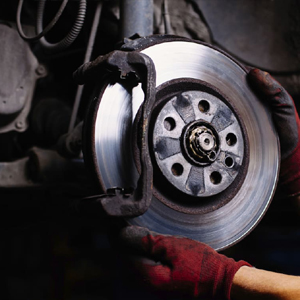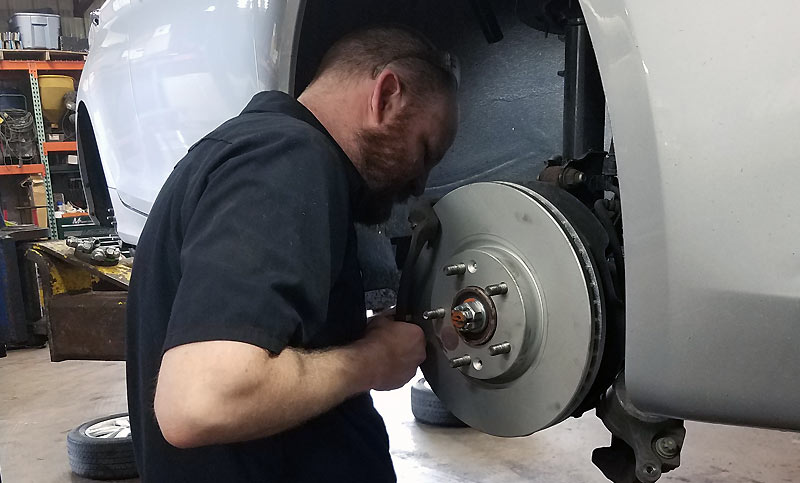Best Brake Repairs in Palm Aire, FL
Get the Right Tires & Auto Repair Near Pompano Beach, FL
- brake service Coconut Creek, FLDiagnostics for Brake System Fluid Contamination
A crucial part of a car's brake system is responsible for ensuring safe and effective braking. Monitoring and identifying brake system fluid contamination is a frequently disregarded component of brake maintenance. Your brakes' performance may be compromised by contaminated brake fluid, which can also, in extreme cases, pose serious safety risks. The causes, symptoms, and solutions to the problem will all be covered in this article, along with other facets of diagnosing brake system fluid contamination.
Contamination of brake system fluids:
Dr Brakes Complete Auto Repair: Auto Repair Pompano Beach, FL - FL

To avoid further problems, it is crucial to determine the underlying causes of brake fluid contamination, which can happen for a variety of reasons. Breath fluid contamination is frequently caused by the following:
- Moisture Ingress: Due to worn seals, damaged brake lines, or poor maintenance, moisture can seep into the brake fluid visit homepage reservoir.
- Dirt and debris: When the reservoir cap is removed, dust, dirt, and debris can enter the brake fluid system, contaminating the fluid.
- Brake lines and parts can corrode over time, releasing particles into the brake fluid.
- Mixing Different types of Brake Fluid: Combining different types of brake fluid can result in contamination and chemical reactions.
- Worn Brake Components: During braking, particles can enter the fluid as the brake pads and rotors deteriorate.
Symptoms of Contamination of Brake Fluid:
To maintain the safety and performance of your car, it is essential to identify brake fluid contamination. Watch out for the following signs of contaminated brake fluid:
Auto Repair near North Lauderdale, FL
- Brake Fade: Contaminated fluid can make brakes this post feel spongy or less responsive, which can reduce braking click here for info performance.
- Increased Stopping Distance: A problem with the brake fluid may be present if your car takes longer to come to a stop.
- Brake Pedal Issues: A mushy or soft brake pedal could be a sign that there are air bubbles or other impurities in the brake fluid.
- Unusual Noises: When applying the brakes, contaminated brake fluid can result in squealing or other sounds.
- Brake Warning Light: A lighted brake warning light on your dashboard could indicate contamination or a problem with the brake fluid.
Brake Fluid Contamination Diagnosis:
The following procedures should be used to accurately identify brake fluid contamination:
- Visual Inspection: Start by visually inspecting the reservoir holding the brake fluid. Check the brake fluid for any stains, cloudiness, or obvious contaminants.
- Brake fluid test strips are available and can be used to ascertain the fluid's moisture content. Moisture that is too high can indicate contamination.
- Brake fluid needs to have a high boiling point in order to withstand the heat produced during braking. It might be because of contaminated fluid that your brakes are prone to overheating.
- Professional Inspection: When in doubt, consult a qualified mechanic for advice. They can accurately identify any contamination problems and conduct a more thorough analysis of the brake fluid.
Addressing Contamination of Brake Fluid:
Dr Brakes Complete Auto Repair: Auto Repair Coral Ridge Isles, FL
If you've discovered contaminated brake fluid, it's critical to act quickly to fix the issue. Here are the procedures that must be followed:


- Brake Fluid Flush: The best way to get rid of impurities and swap out old, dirty fluid for new, clean brake fluid is to completely flush the fluid.
- Component Inspection: Examine any brake lines, calipers, or master cylinders that may be damaged or corroded. replace any damaged components.
- Seal Replacement: To avoid further contamination, replace any damaged seals if moisture ingress is the problem.
- Use the Right Fluid: To ensure compatibility and avoid future contamination problems, always use the brake fluid that the manufacturer suggests.
- Regular Maintenance: Follow a regular brake maintenance schedule to avoid contamination in the future. During routine maintenance, check the brake fluid and fix any problems as soon as possible.
Finally, identifying and treating brake system fluid contamination is essential for preserving your car's performance and safety. You can identify and fix contamination problems before they cause brake failure with the aid of routine inspections and proactive maintenance. To ensure that your brakes are reliable, keep a close eye on your fluid and act right away if you suspect contamination.